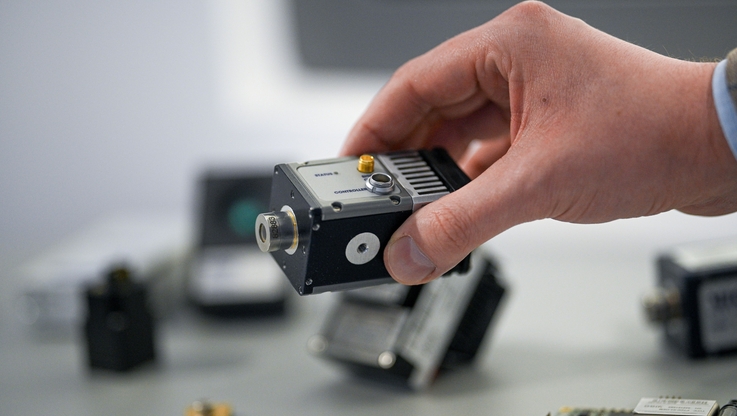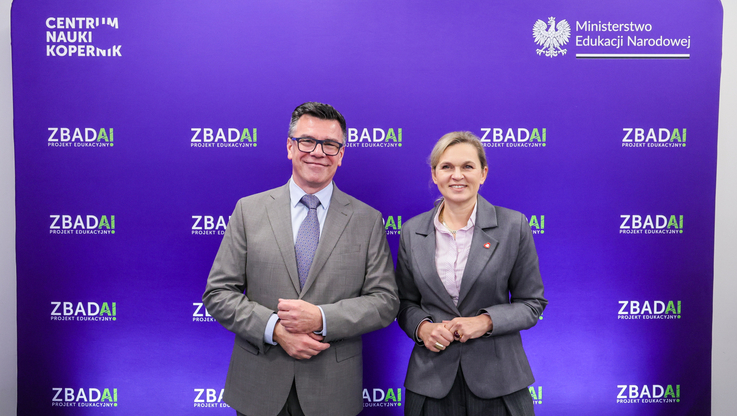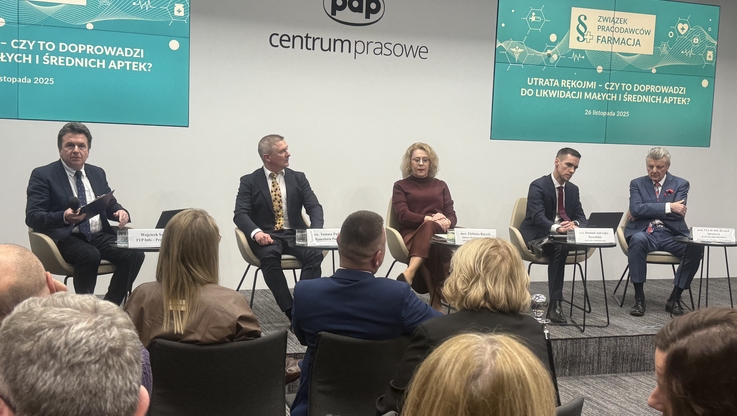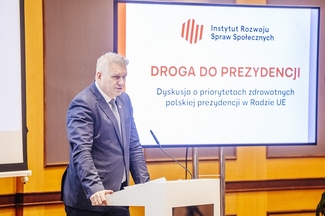Pobierz materiał i Publikuj za darmo
Both women have something in common. They were unaware that they had osteoporosis, the disorder which causes bones to become weak and as fragile as glass. People with osteoporosis can fracture a bone even after the most minor fall from standing height, or from simply sneezing, or bending to tie a shoelace.
Worldwide, one in three women and one in five men aged 50 or over will sustain an osteoporosis-related fracture. Approximately 200 million people are affected, resulting in a fracture every 3 seconds.
On World Osteoporosis Day, October 20, the International Osteoporosis Foundation (IOF), together with its 250 member organizations worldwide, urge all older adults to be aware of osteoporosis risk factors and to consult their doctors if they are at risk.
Although there are many factors which can point to possible underlying osteoporosis, among the most common are: a broken bone after age 50 following a low-trauma fall; height loss of more than 4 cm (ca 1.5 inches); long-term use of glucocorticoids and other bone damaging medications; being frail and underweight; and parental history of osteoporosis or hip fracture. A quick and easy way to alert oneself to possible risk is with the new online IOF Osteoporosis Risk Check.
A fracture in one’s senior years can be life-changing. Acute pain, lengthy rehabilitation, long-term disability, dependence on caregivers, and loss of quality of life are all too common. Hip fractures can be life-threatening and loss of function and independence among survivors is profound, with 40% unable to walk independently and 60% requiring assistance a year later. Because of these losses, 33% are totally dependent or in a nursing home in the year following a hip fracture.
IOF President Professor Cyrus Cooper, states:
“All adults must make their bone health a priority. Maintaining strong bones and muscles is the key to an active, mobile future at older age. If you’re at risk, don’t hesitate to ask your doctor for testing and an appropriate treatment strategy if needed. Today, there is a wide range of effective osteoporosis treatments which have been shown to reduce the risk of hip fractures by up to 40% and spine fractures by 30-70%.”
IOF also calls on health authorities to prioritize bone health and thereby reduce the costly human and economic burden of fragility fractures in their countries.
Professor Cooper adds: “As experts in the field we join our patient advocates in urging global action. A pervasive treatment gap is leaving even the most high-risk patients unprotected against fractures. An individual who has already had one fragility fracture is highly vulnerable to further fractures, with a five times greater risk of another fracture within the first year. Yet approximately 80% of these patients are neither identified nor treated for the underlying cause, osteoporosis.”
A key strategy to addressing the treatment gap and the global fragility fracture crisis is the implementation of Fracture Liaison Services in all hospitals which see fracture patients. Such coordinated, multi-disciplinary services improve patient care and help reduce secondary fractures – ultimately decreasing enormous fracture-related healthcare costs around the world.
Picture is available at AP Images (http://www.apimages.com).
About World Osteoporosis Day (WOD):
Marked annual on October 20, the campaign calls for global action to fight osteoporosis and related fractures worldwide. www.worldosteoporosisday.org
WOD Official Partners: Sunsweet, Takeda, Medtronic
About IOF:
The International Osteoporosis Foundation is the world’s largest non-governmental organization dedicated to bone health and osteoporosis prevention. @iofbonehealth www.iofbonehealth.org
CONTACT:
e-mail: L.Misteli info@iofbonehealth.org
Pobierz materiał i Publikuj za darmo
bezpośredni link do materiału
| Data publikacji | 17.10.2019, 16:57 |
| Źródło informacji | APA-OTS |
| Zastrzeżenie | Za materiał opublikowany w serwisie PAP MediaRoom odpowiedzialność ponosi – z zastrzeżeniem postanowień art. 42 ust. 2 ustawy prawo prasowe – jego nadawca, wskazany każdorazowo jako „źródło informacji”. Informacje podpisane źródłem „PAP MediaRoom” są opracowywane przez dziennikarzy PAP we współpracy z firmami lub instytucjami – w ramach umów na obsługę medialną. Wszystkie materiały opublikowane w serwisie PAP MediaRoom mogą być bezpłatnie wykorzystywane przez media. |










